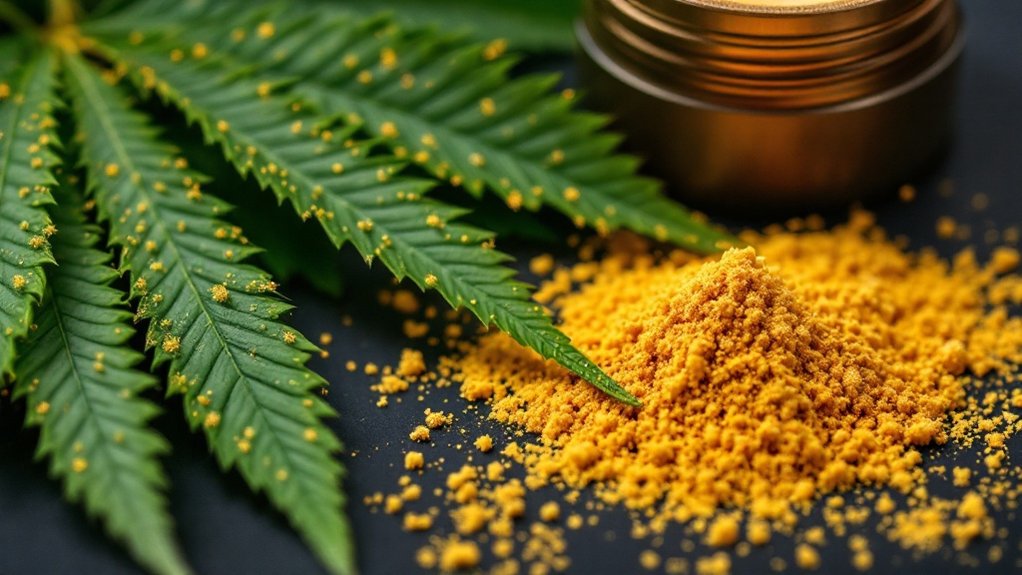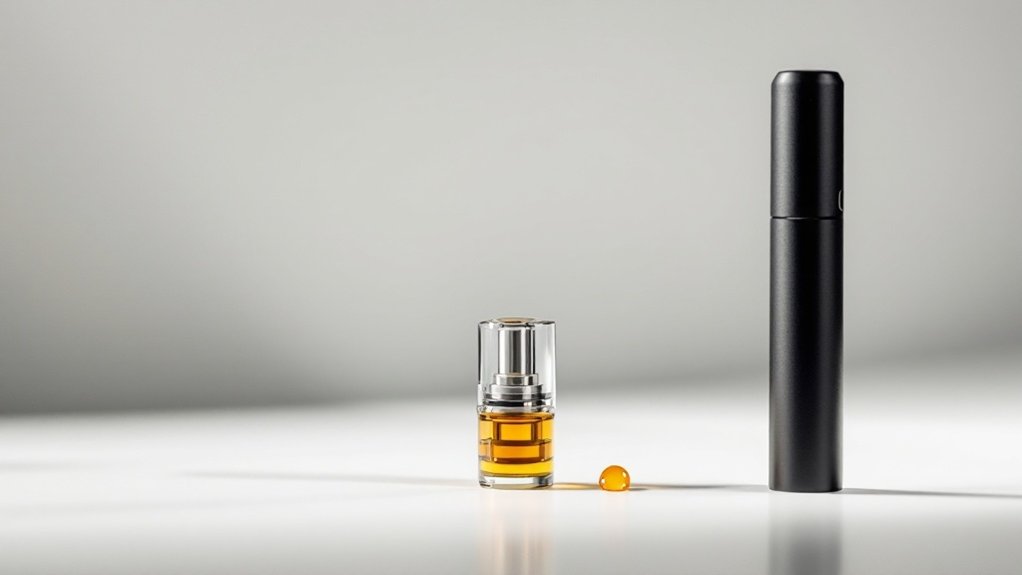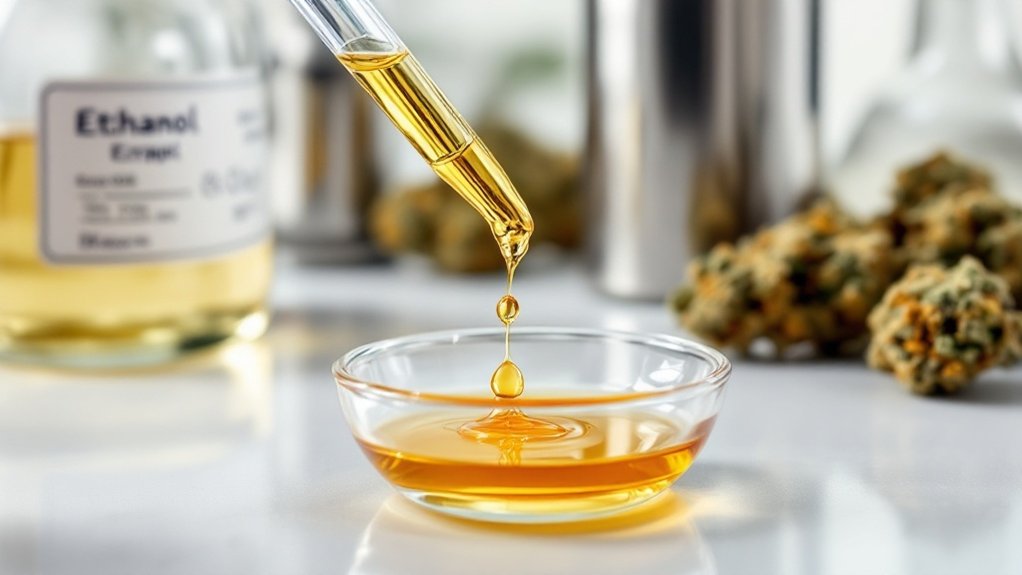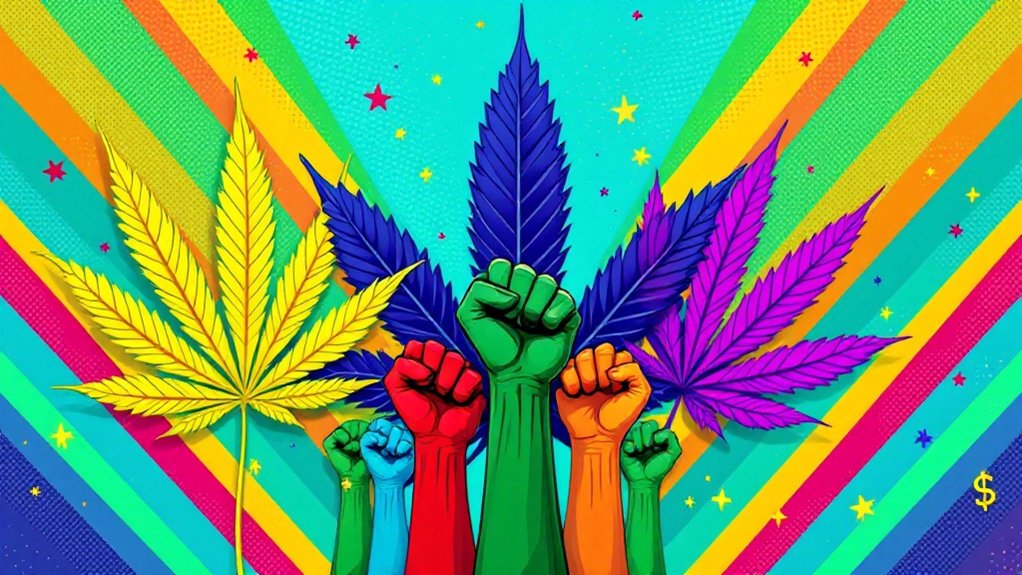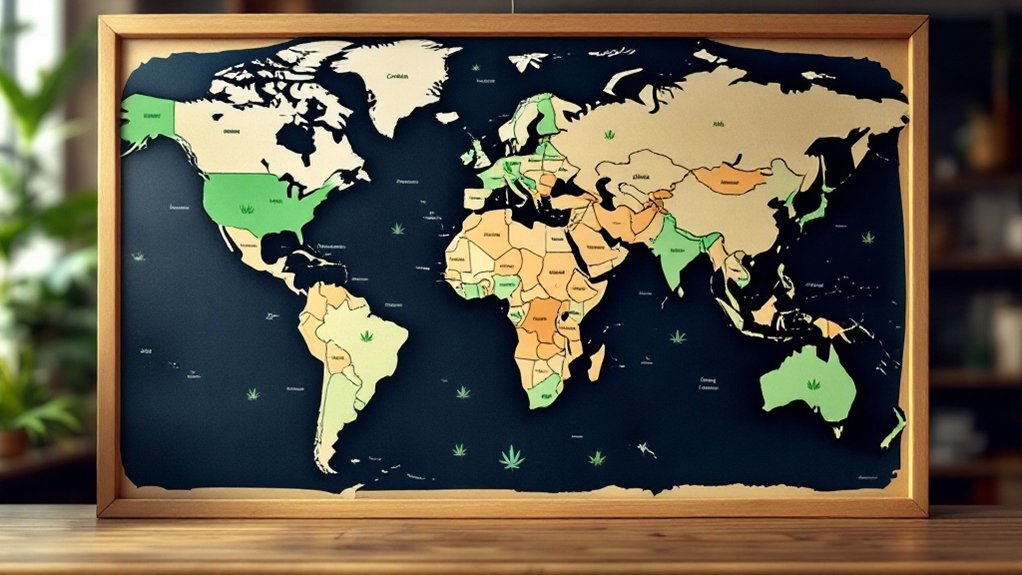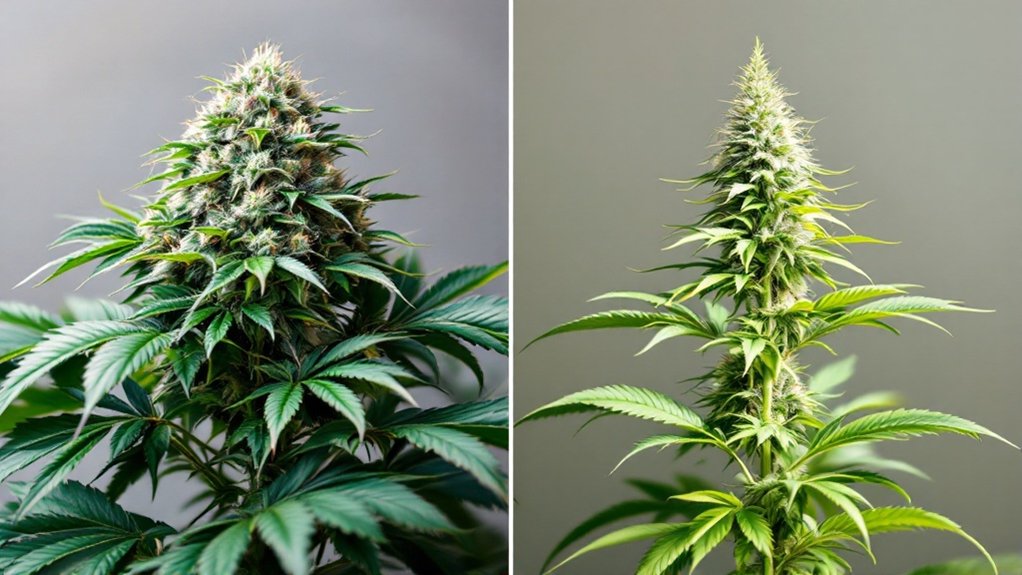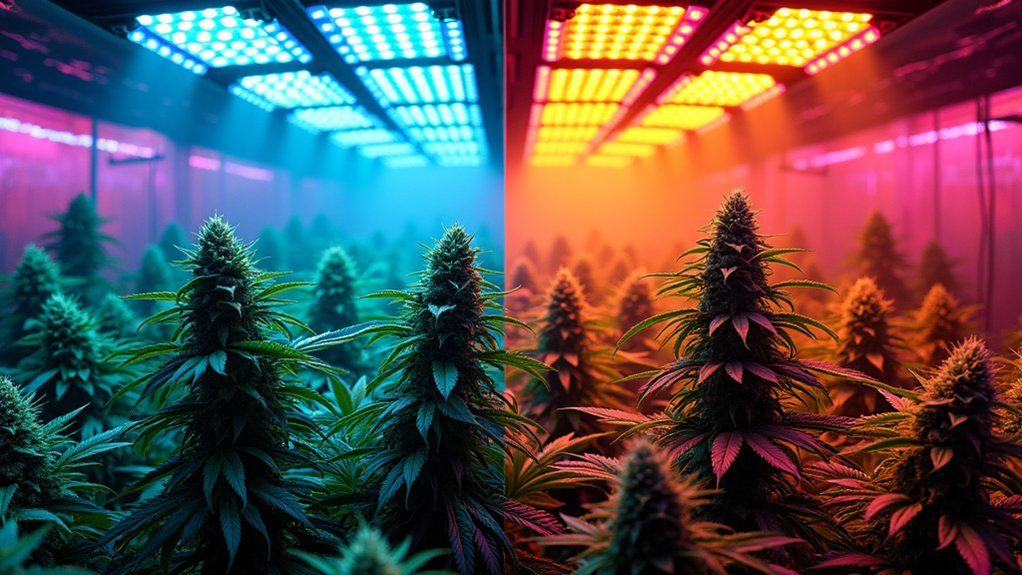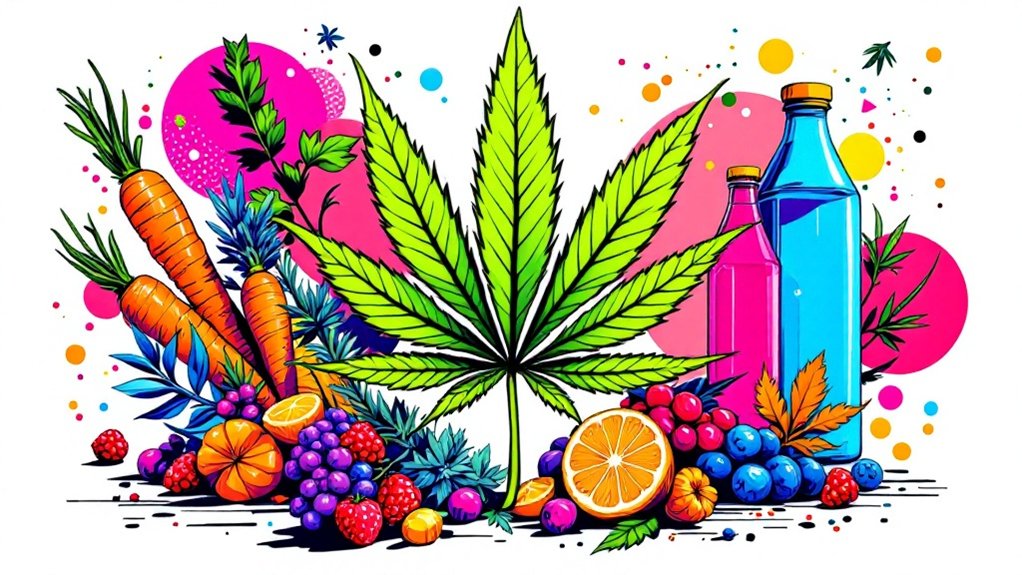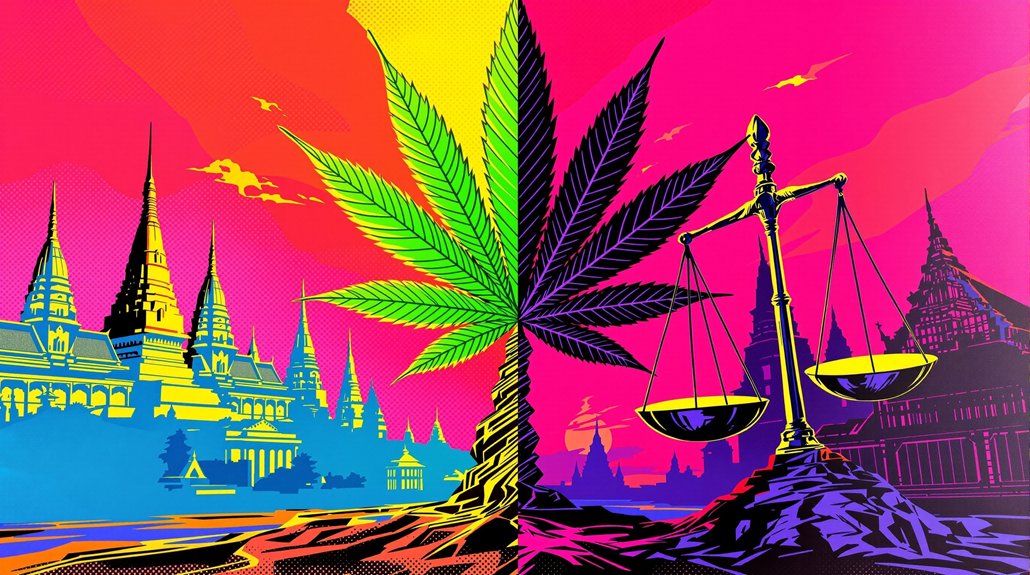Kief is cannabis gold – literally. These tiny crystal trichomes contain concentrated cannabinoids and terpenes, making them considerably more potent than regular flower. Originally from Arabic “kayf” meaning pleasure, kief appears as a fine, light-colored powder. Collectors harvest it using multi-chamber grinders or sifting screens, with some enthusiasts freezing cannabis first to maximize yield. Serious users “crown” their bowls with it. The lighter the color, the purer the treasure.
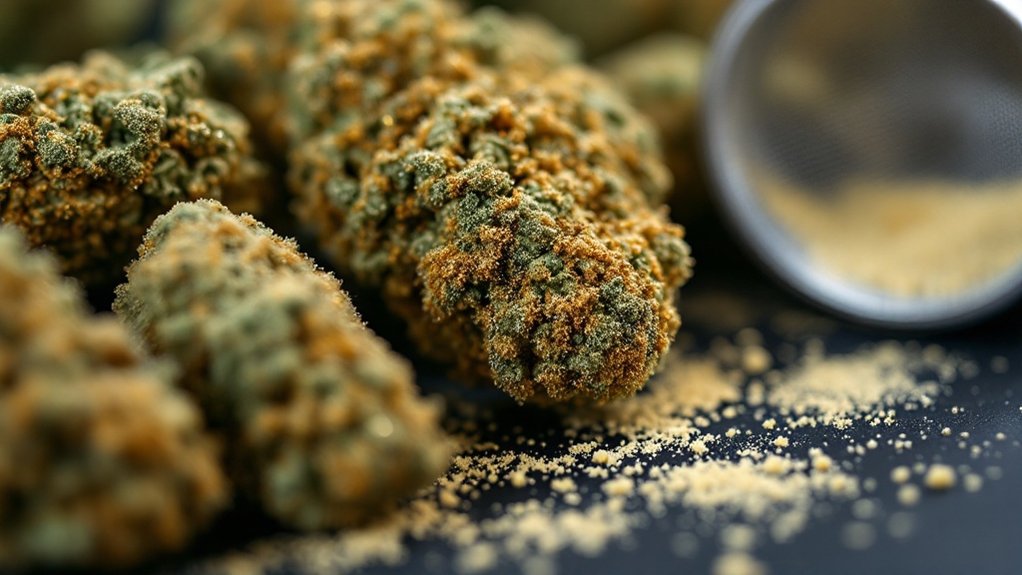
The crystalline treasure of cannabis plants isn’t just a byproduct—it’s the crown jewel. Known in cannabis circles as “dry sift,” “pollen,” or even “dust,” kief consists of resinous trichomes that form on cannabis flowers. These tiny crystal-like structures contain concentrated cannabinoids and terpenes, making kief substantially more potent than regular flower. The name itself comes from the Arabic word “kayf,” meaning pleasure or intoxication.
Tiny crystalline guardians imbued with nature’s most potent secrets – kief delivers concentrated bliss in every speck.
These trichomes develop naturally as a defense against hungry herbivores. Nature’s way of saying “back off.” The sticky, powdery substance appears as a fine layer ranging from light blonde to off-white, with lighter colors typically indicating higher purity and fewer plant materials. Serious collectors prize the pristine, pale stuff.
Harvesting kief is straightforward. When cannabis gets ground or sifted, trichome heads break off. Multi-chamber grinders catch this powder in a separate compartment. Some enthusiasts use specialized sifting screens or freeze their cannabis first to maximize collection. Different strains produce varying amounts. Some are downright stingy.
The potency is no joke. Kief packs a substantially higher THC concentration than regular flower, making it the go-to choice for those seeking intense effects. Fast-acting and powerful. Cannabis connoisseurs often sprinkle it atop bowls or mix it into joints for an enhanced experience – a practice sometimes called “crowning.” Similar to hashish production methods, kief collection is all about isolating those potent trichomes from the rest of the plant material.
Beyond direct consumption, kief transforms into hash when pressed, creates potent edibles, or forms the basis for various concentrates. Versatile stuff. Users should be cautious as the higher THC levels may lead to unwelcome intoxication for inexperienced consumers.
The use of kief extends back centuries in Middle Eastern and North African cannabis traditions. In Morocco, a different definition exists, referring to a blend of finely chopped cannabis and indigenous tobacco. Not the same thing.
For cannabis enthusiasts, collecting kief represents a practical way to maximize their plant material. Nothing wasted, everything gained. The entourage effect enhances the therapeutic benefits when all compounds work synergistically together. The concentrated magic of cannabis, captured in tiny crystals. Pure efficiency.
Frequently Asked Questions
Can Kief Expire or Lose Potency Over Time?
Kief definitely loses its punch over time. Exposure to air, light, and heat? Total potency killers.
The THC gradually converts to CBN – less psychoactive, more sedative. Not exactly what most consumers signed up for.
Properly stored kief (airtight, cool, dark conditions) holds up better, but degradation is inevitable.
After 3-6 months, you’ll notice the difference. After a year? Noticeably weaker stuff. Science doesn’t care about your stash.
Is Kief Legal in States Where Recreational Cannabis Is Prohibited?
No, kief isn’t legal in states prohibiting recreational cannabis.
It’s classified as a cannabis concentrate, often triggering harsher penalties than regular flower due to higher THC concentration.
Some states with medical programs make exceptions for registered patients, but even then, strict quantity limits apply.
And crossing state lines with kief? Federally illegal, even between two legal states.
How Does Kief Compare to Other Cannabis Concentrates?
Kief stands out among cannabis concentrates as a more natural option.
Less potent than butane hash oil or shatter, but stronger than regular flower, reaching up to 80% THC. No solvents required. Just gravity and screens.
Other concentrates? More processing, more equipment. More chemicals, too.
Kief contains fuller trichome components, offering a complete experience compared to isolated extracts.
The high hits differently. Harsh, but authentic.
Can Kief Be Used in Cooking and Edibles?
Kief works beautifully in edibles. No joke. The powdery concentrate packs a serious punch with 40-50% THC – double what flower offers.
Cooks must decarboxylate it first (fancy word for heating) at 220-240°F (104-115°C) for 30-45 minutes to activate those cannabinoids. Then mix it into butter or oil.
The fine texture blends seamlessly into batters and doughs. Start small though. These edibles hit harder than a freight train.
